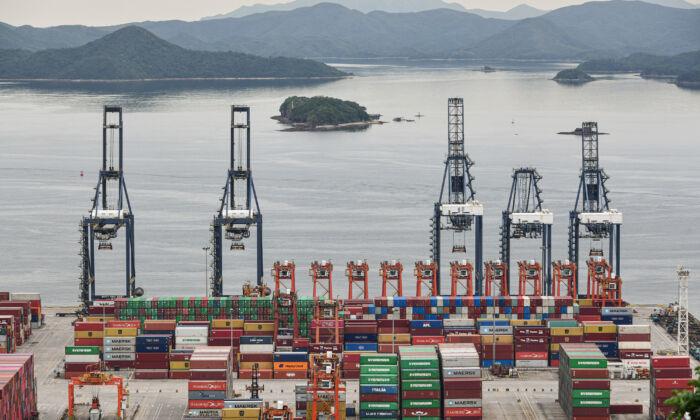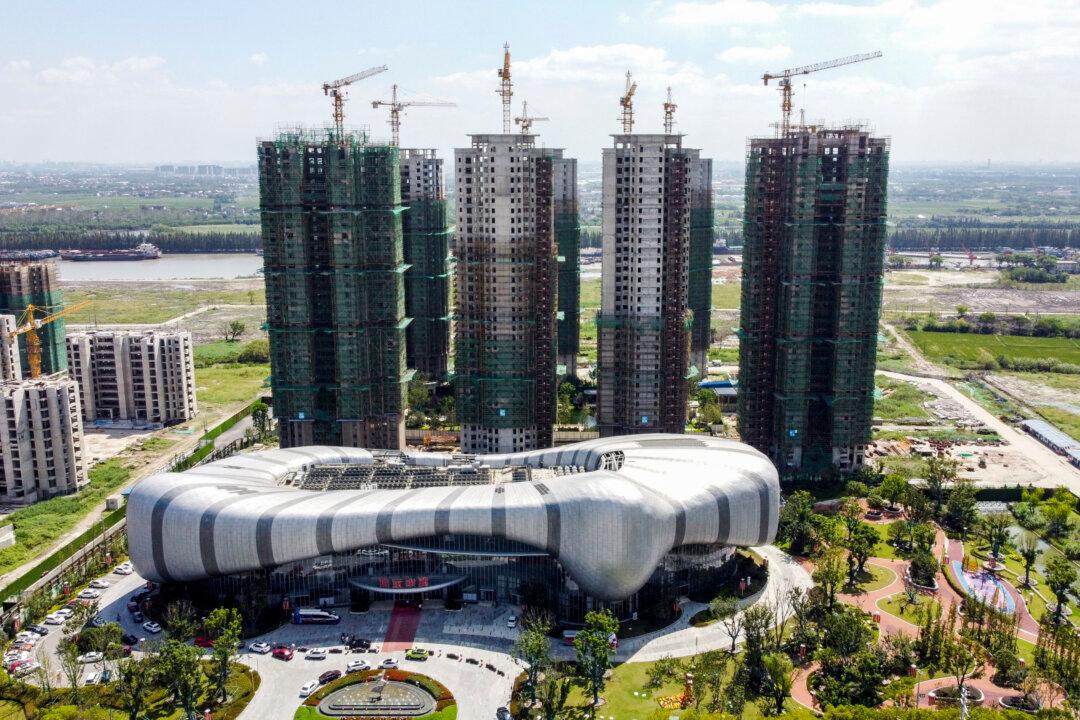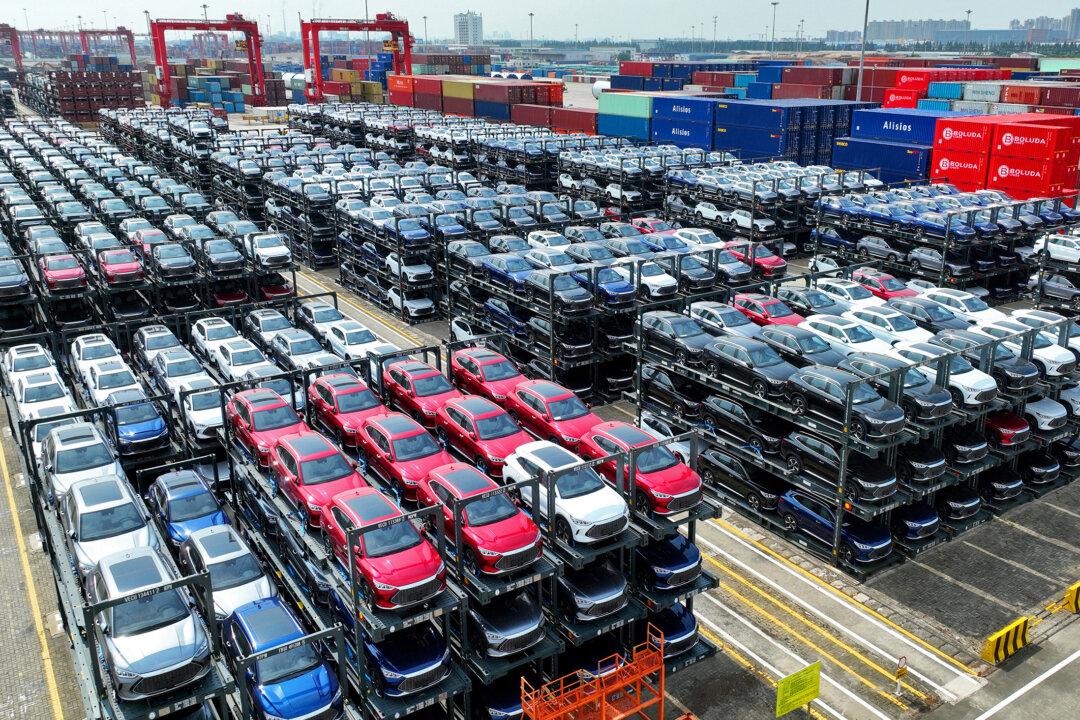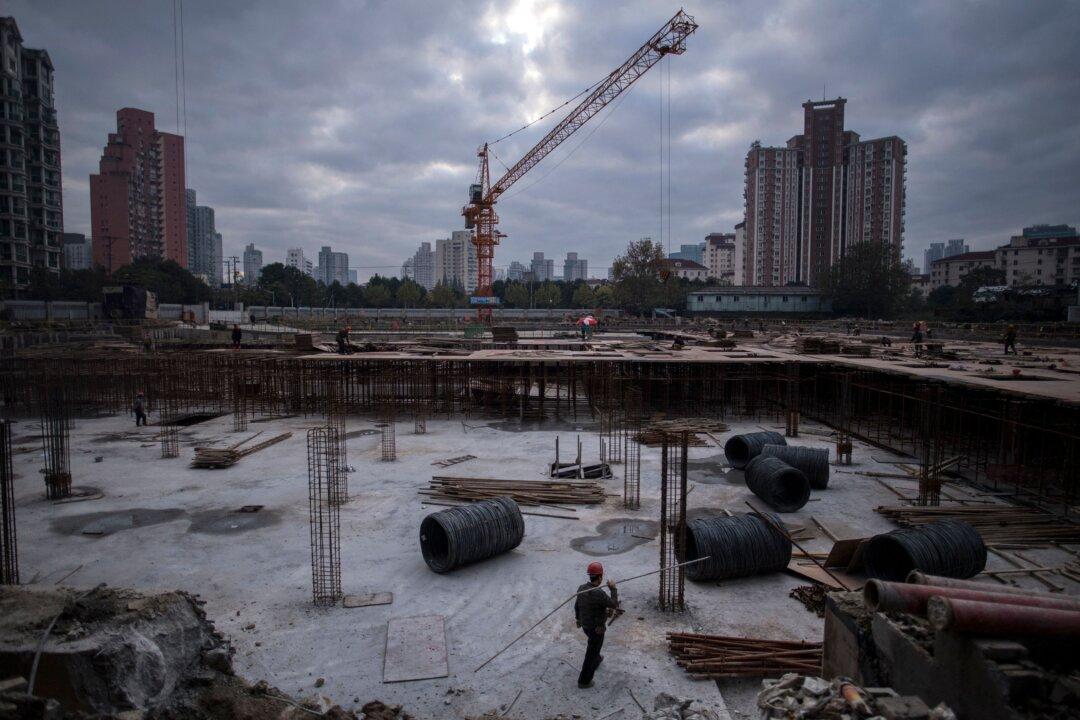In yet another sign of China’s economic and financial troubles, Beijing has dramatically diminished its financial presence in Southeast Asia. Once preeminent, China finds itself today eclipsed by others. If Xi Jinping and his colleagues in Beijing still dream of global dominance, it must look further away than ever as China retreats from its own backyard.
A recent report by the prestigious, Sydney-based Lowy Institute documents China’s diminished position in the region. Beijing’s official development finance (ODF) to Southeast Asia fell in 2021, the most recent year for which data are available, to the equivalent of $3.9 billion, well down from the $7.6 billion registered at the 2015 peak.
Development investment by other nations and international bodies has filled the gap left by China’s withdrawal. In 2015, at the height of China’s effort in Southeast Asia, the Middle Kingdom was the region’s largest single investor, constituting 25 percent of the total. By 2021, China’s share has dropped to only 14 percent. Indeed, China’s effort has fallen so steeply from its highs that now it has ceded top spots to the Asian Development Bank and the World Bank. Japan’s continued effort has brought its cumulative total almost up to China’s. The Chinese figure for the entire period comes to the equivalent of $37.9 billion, mostly earlier in this stretch of time. Japan’s persistence has brought up its cumulative investment total to $28 billion. South Korea is not far behind, with a cumulative investment total of just over $20 billion. Germany, the United States, Australia, and France, in that order, take up the bulk of the balance, investing between $8.5 billion and $5.4 billion.
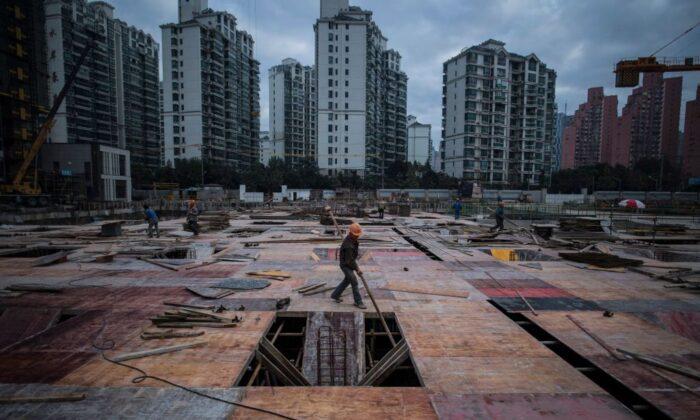
Beijing’s dramatic turn is unlikely to reflect a shift in its overseas priorities. Southeast Asia has always held pride of place in China’s international endeavors, and understandably so, given its geographic proximity to China and its importance to trade routes as well as China’s national defense. Nor is it likely that these nations have turned away from Chinese money wholesale, though some, such as Malaysia, have shown a reluctance to get involved in Beijing’s Belt and Road initiative. Instead, China’s pullback testifies in yet another way to the Middle Kingdom’s pressing economic and financial problems, a fact that makes it highly unlikely that matters have shifted back since Lowy concluded its analysis.
Readers in the space should well know the roots of China’s economic and financial troubles. More recent news adds to the mounting evidence. An analysis from the prominent investment bank Goldman Sachs recently highlights the long shadow cast by the failures in China’s property development sector, most notably of Evergrande, a huge developer. Goldman’s analysts conclude that this sector—once fully 30 percent of China’s economy—will remain depressed for the foreseeable future.
In just the last few weeks, it has come to light that other aspects of the Chinese economy, after a surprisingly fast start in 2023, have slowed markedly. In May, the most recent period for which data are available, Chinese exports stood some 7.5 percent below year-ago levels. Imports—a reliable indicator of domestic economic activity—were 4.5 percent below year-ago levels. Imports from South Korea, a close trading partner, were down 20.8 percent during that same time. Imports of semiconductors, a crucial input in much of what China sells domestically and to the world, were 15.5 percent below year-ago levels. Enlarging on this picture of economic slack are reports indicating a drop in imports of raw materials. Shipments of coal, still critical to Chinese electricity production, have fallen precipitously from the highs of last March.
With signs that Europe may already have tipped into recession and with slowing in the American economy, also perhaps on the brink of recession, China’s all-important export sector can hardly be expected to improve any time soon. Indeed, many now expect that amid this global economic slack, China will have a hard time coming up to its already reduced 5 percent real growth target for the year. Facing such economic constraints, it is also unlikely that China will recover its former prominence in Southeast Asia any time soon.
